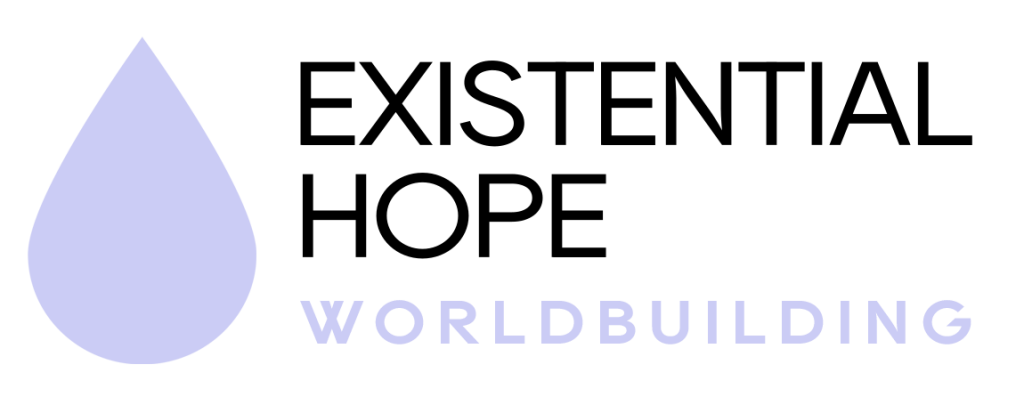
Symphora
Creator Information
Name:
Role:
Social Media/Website:

🌍 World Summary
Vision Statement
In 2035, society thrives through co-authored governance and tangible creativity in decentralized communities. The Civic Loom, an intelligent civic system built into GOO, enables communities to design their environments, policies, and tools as acts of shared meaning-making. Our tools and social fabric have been rebuilt around participation, partnership, dignity, and the shared agency to shape an equally distributed flourishing world.
🔬 Technology
GOO (Generalized Organic Omni-substrate): AI-embedded material encoding community decisions
GOO tackles resource scarcity, fragile infrastructure, and engineering needs by enabling adaptive, co-created spaces and products. Communities collaborate with AI-GOO and expert builders, using approved open templates to embed their values and culture into the AI-GOO structures
What kind of AI exists in your world?
AI augments collective intelligence, partnering with communities to make thoughtful decisions. Its architecture is open-source, modular, and decentralised with edge AI capabilities via GOO. It is developed by interdisciplinary expert teams including engineers, ethicists, civic designers, and social scientists. Communities contribute data and shape priorities through participatory review cycles on Civic Loom, ensuring that AI and, by extension, the GOO structures evolve with local values.
New or Reformed Institution
The Civic Loom is a social institution and a system built into GOO structures, allowing communities to co-create policy and guide values through participatory governance. Citizens vote through gestures, earning additional access and learning rewards for engagement. AI aids deliberation; elected expert councils oversee decisions and policy enactment. The Civic Loom balances transparency and sensitive information integrity, ensuring resilience through ongoing, meaningful civic partnership.
Transformed Sector
Infrastructure is a living cooperation between AI, people, and the environment. In Loom Studios, citizens co-design adaptive spaces with builders and AI-GOO template masters. Homes breathe with family rhythms, buildings respond to care needs, and ecosystems are preserved. Public works are no longer static—they evolve through collective rituals, ensuring daily life is a creative expression, and ecologically attuned.
A Major Crisis Overcome
In 2027, climate shocks and collapsing institutional trust forced communities to unite. Interdisciplinary collaboratories emerged—technologists, social scientists, and ordinary citizens co-designing solutions. By 2029, an early Civic Loom platform enabled real-time coordination, facilitating the development of GOO through boundaryless science. In 2030, communities stopped waiting for rescue. They began co-creating policy, meaning, and infrastructure, using GOO as their recovery substrate.